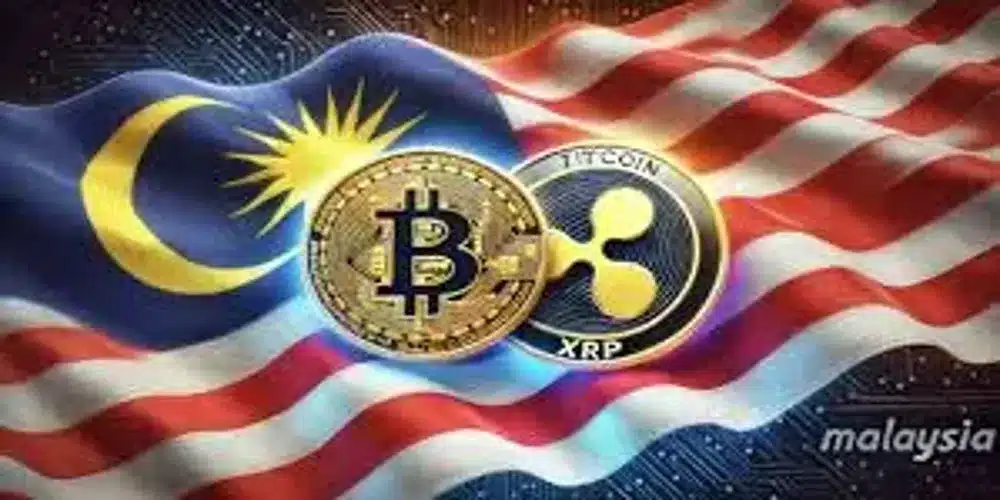- Malaysia’s central bank names XRP and Bitcoin as cash alternatives.
- Ripple applies for U.S. banking license to expand XRP utility.
- Document highlights cryptocurrencies’ potential role beyond traditional banking systems.
According to crypto analyst Xaif the Central Bank of Malaysia has named XRP and Bitcoin potential alternatives to cash and bank deposits. This acknowledgement is made in an official Bank Negara Malaysia paper that examines the changing nature of both public and private money.
Also Read: Dogecoin Director Teases Bold Protocol Shift as Project Sakura Sparks Debate
The report contains a diagram titled “Illustration of Public and Private Monies” that separates central bank reserves, currency, and potential digital currencies from private money such as bank deposits and institutional deposits.
It also associates these groups with monetary aggregates such as M1, M2, and M3 and links them with relationships between banks, non-banks, and the central bank.
Under the illustration, the document discusses decentralized tokens and their possible application in non-banking payments. In this regard, Bitcoin and XRP are directly mentioned, and the bank explains that they can substitute cash in circulation or bank deposits in case of widespread adoption.
XRP and Bitcoin in Regulatory Context
The same document highlights Project Mawar, a proof-of-concept exploring central bank digital currency. Although in this endeavor, we are dealing with public digital money, the fact that XRP and Bitcoin are being taken seriously means that they have a role to play in the wider law-making process.
Their inclusion indicates that the regulators consider both assets to be significant competitors in the future of payments.
Xaif explained this importance by mentioning XRP along with Bitcoin, which means that it is still relevant. Nevertheless, the bank also noted that decentralized assets have significant obstacles, such as the necessity of high liquidity balances and the lack of intermediaries, which makes efficient settlement more difficult.
Ripple’s U.S. Banking Ambition
Last month, Ripple applied for a U.S. banking license, signaling a significant step in integrating XRP with regulated financial systems. Captain Redbeard reckons the move may enable Ripple to avoid intermediaries and offer direct financial services. Tapping into the American banking infrastructure would allow us to perform payments faster and enhance the role of XRP in cross-border settlements.
The application also exhibits a higher regulatory alignment, which may reduce the concerns of institutional investors. This is believed to attract more banking partners and help Ripple in the long term.
Malaysia’s recognition of XRP and Bitcoin, combined with Ripple’s pursuit of a U.S. banking license, reflects how both regulatory acknowledgment and institutional alignment are shaping the path for digital assets.
Also Read: BNB Explodes Past $900 as Traders Eye $2,000 Target After Zhao’s Subtle Hints

